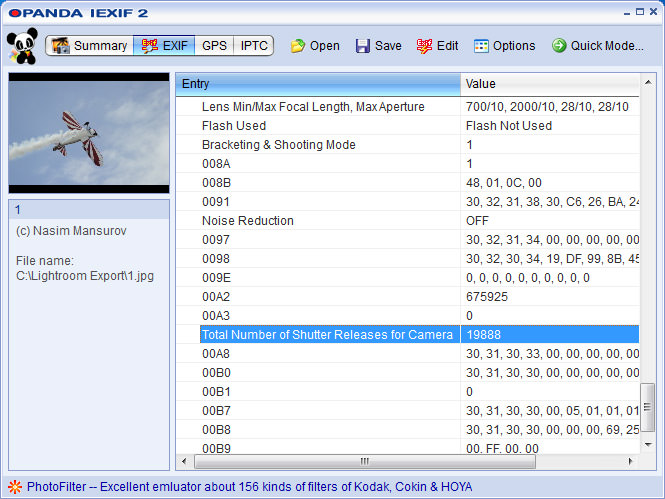

If you shoot 2,000 shots a week (not difficult for certain types of photography, such as weddings and events), you might only be looking at a year or two before hitting the shutter lifespan. Heavy shooters, though, will start to run into problems much sooner. It’s also common for camera shutters to last far longer than their official rating.įor casual shooters or even many semi-pro photographers, this could be enough to last for many years and longer than you would want to keep the camera. In most cameras, the shutter is rated for at least 100,000 to 200,000 shots, with top-tier pro models rated even higher. When this happens, you may have to either send the camera back to the manufacturer to replace the shutter mechanism–which is expensive and time-consuming–or get a new camera.įortunately, shutter mechanisms are built for a fairly large number of actuations. Over time, the forces involved in opening and closing the shutter are going to lead to the parts wearing out and the shutter mechanism breaking down. In order to stay open for such a short amount of time, it needs to start moving very quickly and then stop moving just as fast. This process also often moves incredibly quickly, which can subject them to a surprising amount of force:įor example, if you’re taking a picture in bright afternoon sunlight, your shutter may only be open for 1/1000 of a second or less. Then, a curtain will move from top to bottom, exposing the sensors, followed by another curtain covering it. It’s a mechanism that flips a DSLR’s mirror out of the way, built from tiny and delicate parts. It’s an important number that indicates the life expectancy of your camera. Shutter count is the amount of photos that your camera has taken.

This is also very important when considering purchasing a used camera. As a camera gets older, it’s important to be aware of your camera’s shutter count. The most important are the shutter mechanism and the motor that flips up the mirror in a DSLR. Modern cameras have complicated electronics, but only a few moving parts.


 0 kommentar(er)
0 kommentar(er)
